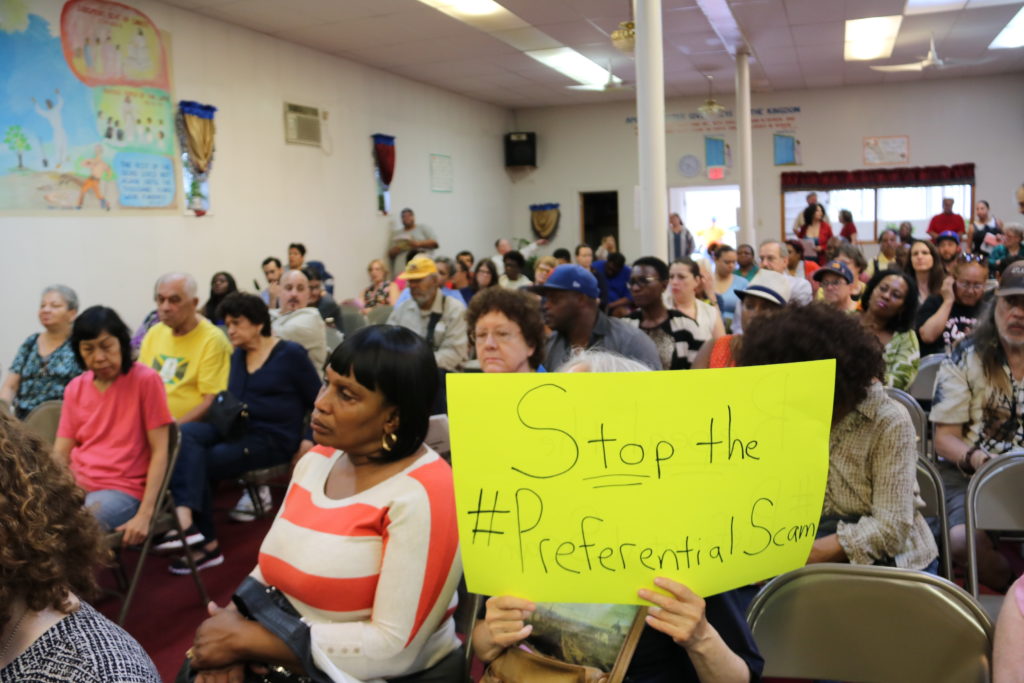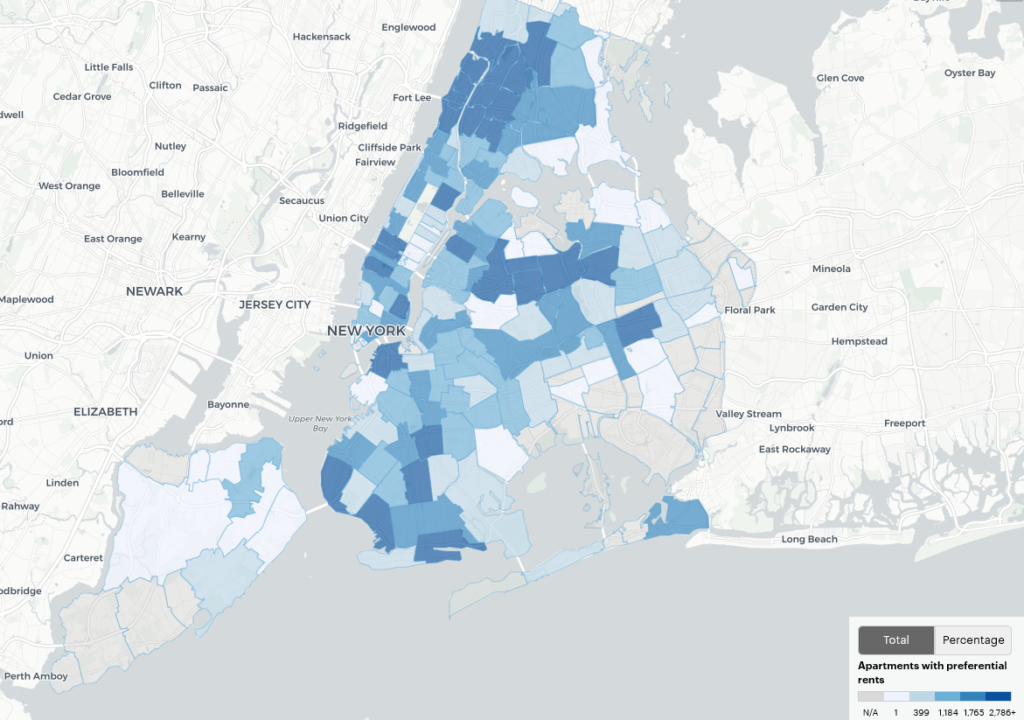
When New York state lawmakers strengthened the state’s tenant protection laws in June 2019, I immediately thought of Langston and Scherrie Donaldson – a Brooklyn family that got priced out of their Flatbush apartment when their landlord used a loophole in New York’s rent laws to hike their rent $571 per month.
I profiled the Donaldsons in a 2017 investigation which documented how tenants covered by the state’s rent laws could nonetheless see huge spikes in their rents. The story showed that renters in about 30% of the city’s 860,000 rent-stabilized apartments were no longer protected against steep rent hikes thanks to a loophole called a “preferential rent.”
Here’s how it worked. Under the state’s rent-stabilization laws, landlords are are supposed to set the maximum legal rents in accordance with the laws, which include allowances for renovations, annual rent hikes and other factors. But the state rarely checks to make sure these legal maximums were actually correct, freeing landlords to put down any figure they wanted and charge a lower “preferential” rent that could be revoked and hiked to the legal maximum at lease renewal.
That’s what happened to the Langtsons in Oct. 2015 when they received a notice from their landlord informing them that their preferential rent would be discontinued and instead the owner would charge them the legal maximum. My reporting showed that such large, sudden rent hikes were common in New York, especially in some of the poorest areas of the city that were rapidly gentrifying, such as Bronx’s Bedford Park.

On June 14, 2019, the “preferential rent” loophole was closed when New York enacted the Housing Stability and Tenant Protection Act. The bill included a provision that said rent increases must be based on the rent that is “charged and paid” by the tenants, which meant that if a landlord charged a preferential rents, it would be regulated by annual increases allowed under the law.
The Housing Stability and Tenant Protection Act was part of a much broader strengthening of the state’s rent laws that turned the tide on nearly three decades of steadily eroding tenant protections. Other landmark changes included a repeal of vacancy deregulation (which allowed apartments to be taken out of rent regulation), additional protections against eviction and the ability for other localities in the state to opt-into rent stabilization beyond New York.
In the 18 months that I covered various abuses of New York’s rent laws for ProPublica’s “Rent Racket” series, my reporting touched on a lot of these issues. Besides preferential rents, the stories exposed the loss of affordable housing through vacancy decontrol, New York’s eviction machine and abuses of various tax breaks aimed at spurring the development of affordable housing. We also exposed the system of luxury developers bankrolling votes inside the Republican-controlled State Senate, which allowed for the rent laws to be weakened each time they came up for renewal. When voters upended that system in the 2018 election, the new Democratic-led Senate moved swiftly to rewrite the rent laws.
I’m glad the stories had an impact. They all started with a newstip. If you have an idea for a story or investigative project that can make a real difference in people’s lives, don’t hesitate to contact me.